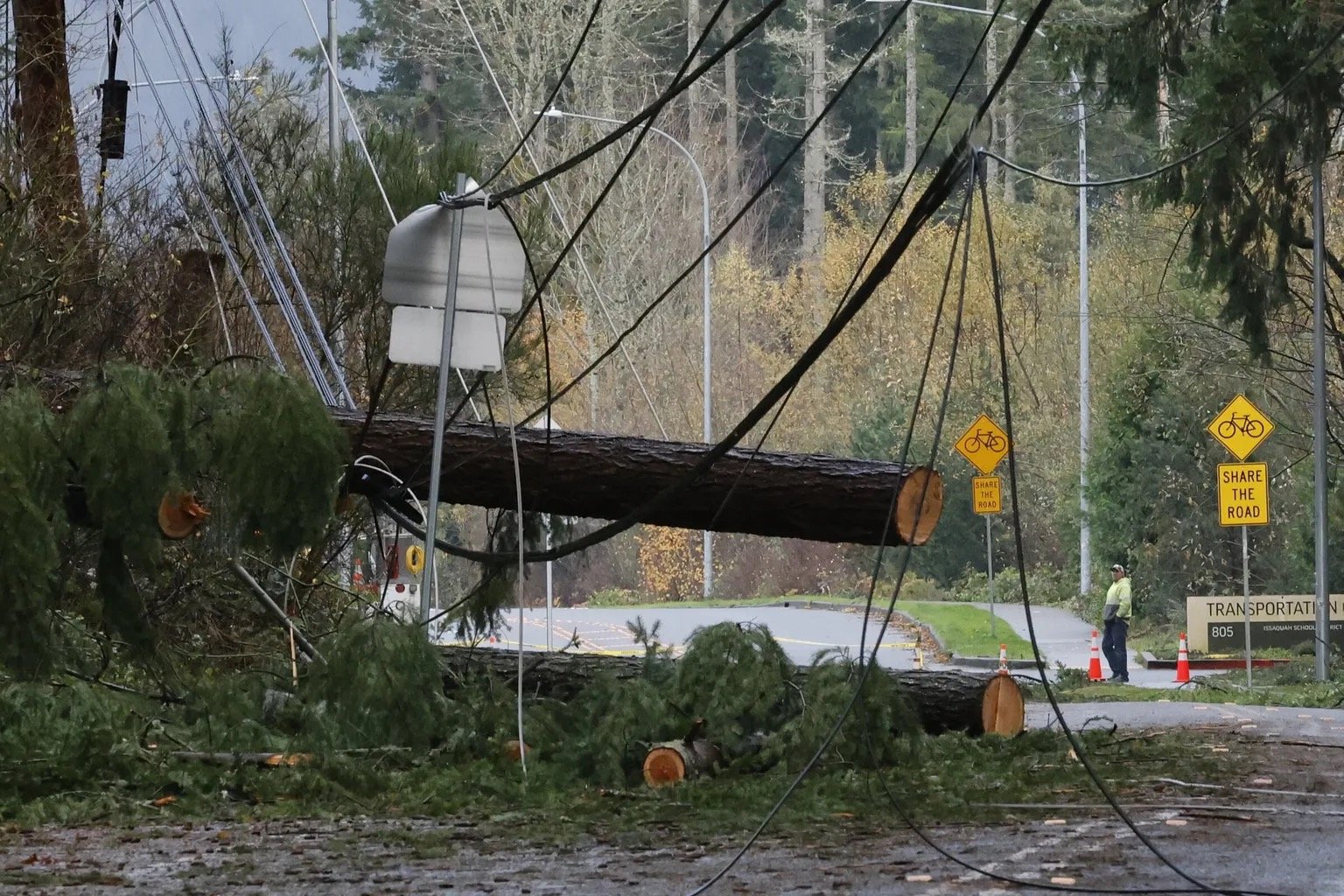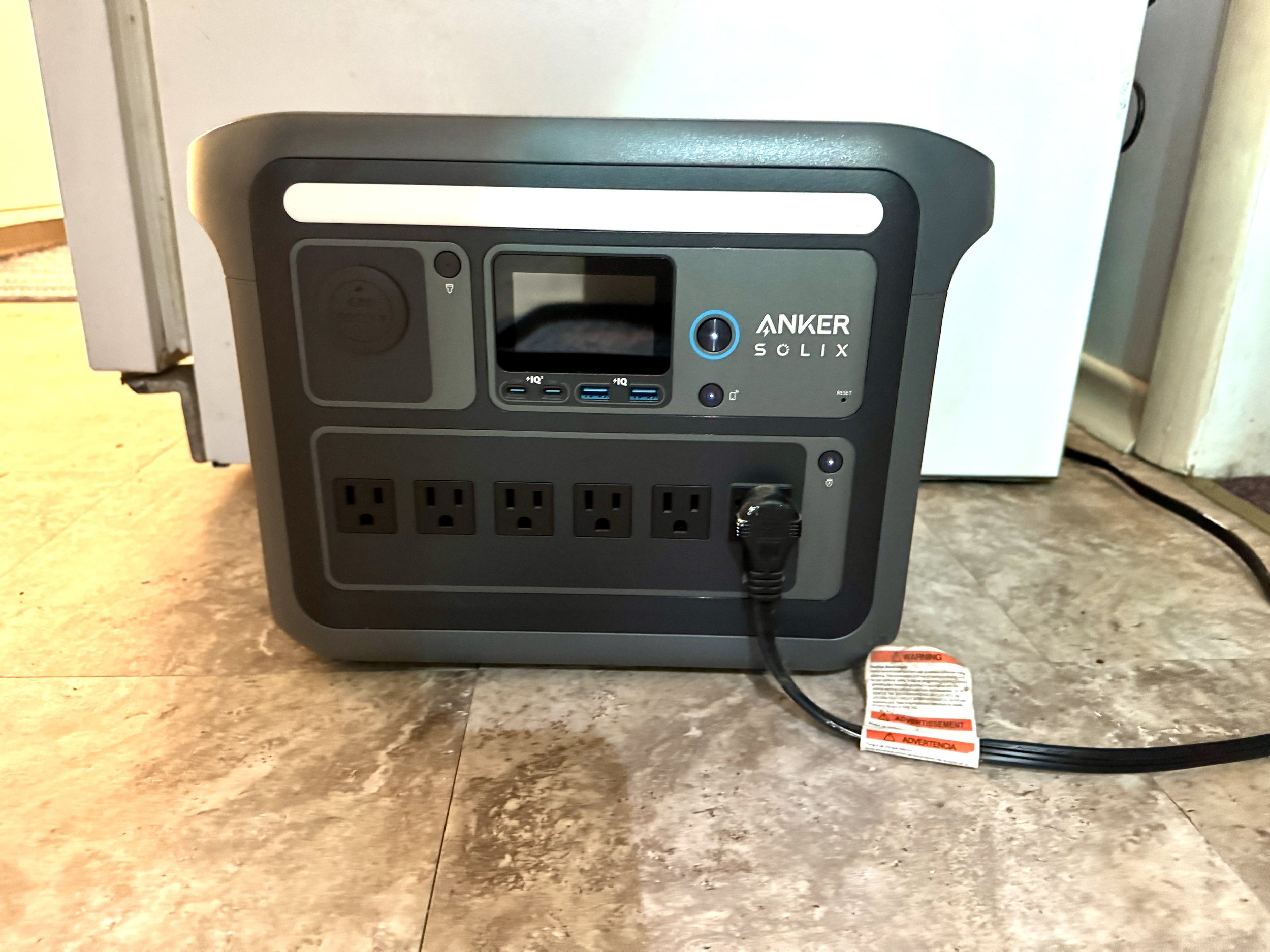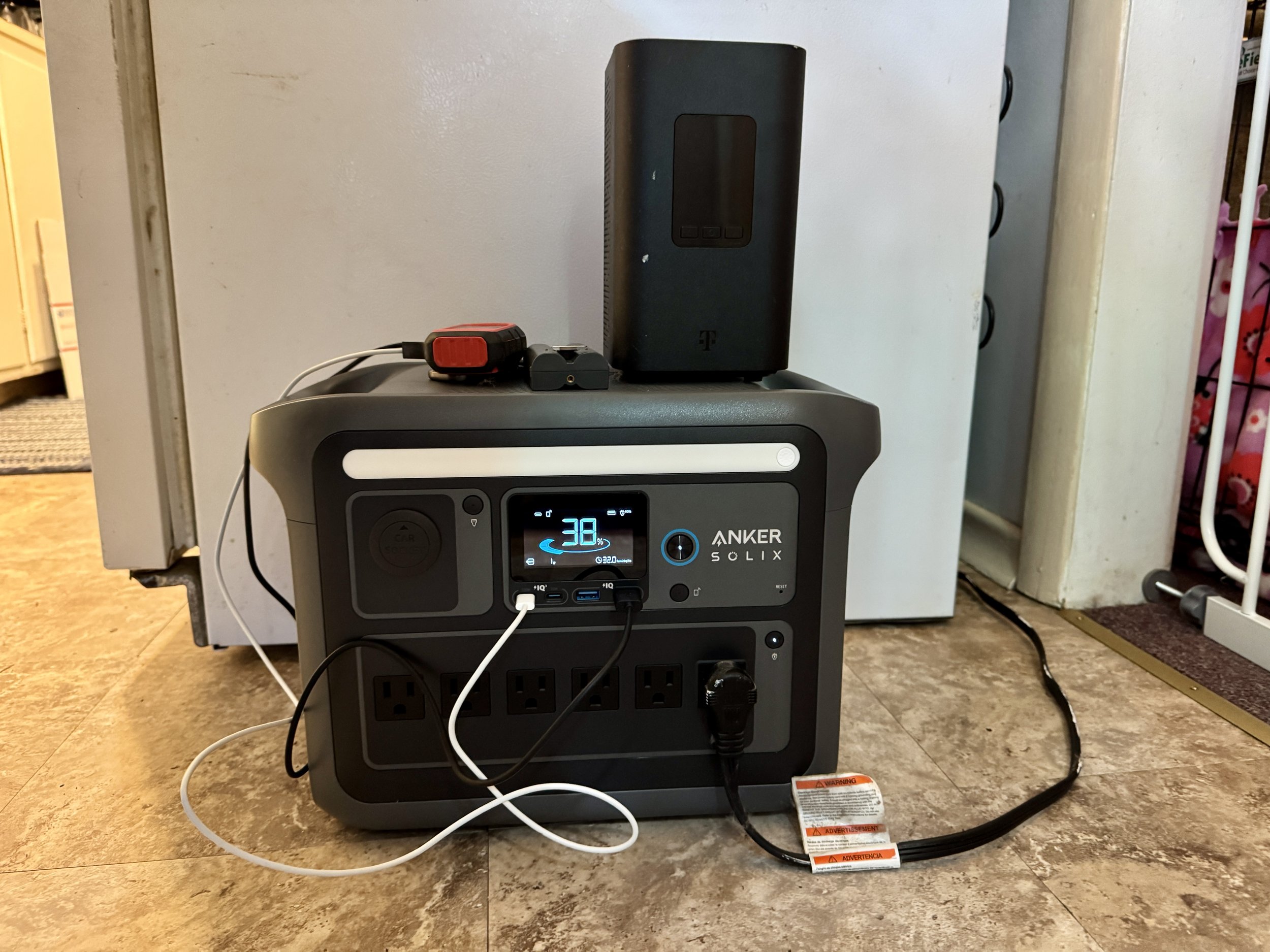Emergency Power
Work on the farm never ends. Even on a farm this size, there is always something that needs to be repaired, maintained, or replaced. On top of this, every year, we pick one big project to work on. This year's project was emergency power, as we felt particularly vulnerable during the last big windstorm.
This past November, Western Washington was hit by a bomb cyclone that brought 80 MPH winds and as much as 16 inches of rain, knocking out power to an estimated half a million customers. Fortunately, we were spared from the worst of the storm, but family 30 minutes away were without power for four days, and people an hour away were without power for over a week.
Our focus became essential emergency power rather than trying to come up with a solution to power the entire house. Gasoline generators were the obvious first place to look, but numerous drawbacks quickly became apparent. Gasoline generators are loud and require maintenance. Large amounts of gasoline must be stored and treated with chemicals for long-term storage.
Additionally, gasoline generators were a hard sale for us given our current rental situation. Concerns over noise complaints and the storage of gasoline became hurdles we wanted to avoid.
LiFePO₄ battery-powered power stations, on the other hand, require no maintenance (outside of maintaining the battery), generate no smoke or odor, can be used indoors, and can be recharged with solar panels.
There are a number of LiFePO4 power stations on the market, and they all do the same thing at roughly the same price. We settled on the Anker C1000, an expensive choice at $1,000 MSRP; however, we were able to pick one up on a Black Friday sale for $400.
Anker C100 Power Station
The Anker C1000 is a 1800W (peak 2400W) solar generator maxing out at 1056Wh, or 88 Ah. The power station has eleven charging ports, including AC, USB-C, and car sockets, and includes a built-in solar charge controller. This unit also comes enabled with Wi-Fi and Bluetooth connectivity, allowing for additional charging options and remote monitoring when away.
Initial testing has been very favorable when testing for our intended usage. In separate tests, this power station ran our kitchen refrigerator for 21 hours (14 hours advertised), our home internet for 30 hours, and a reptile habitat (heat lamp, UV light, and mister) for 14 hours. The battery is big enough that the occasional charging of cellphones does not impact overall battery life under a load.
Anker C1000 powering our refrigerator, home internet, Garmin inReach Mini and Ring camera battery
Speaking from a safety viewpoint, we use T-Mobile home internet and Ring security cameras that do not work without an internet connection. This power station not only allows us to keep our refrigerator running but also keeps our security system running at 100%. Allows us to monitor our animals while away or during the peak 80 MPH winds.
While this is in no way a perfect solution or the most ideal setup, having something is better than nothing. Ensuring our food will not spoil and keeping our cellphones, home internet, and security system running is a big first step for our farm. We are currently looking into solar panels to keep our power station topped off.





